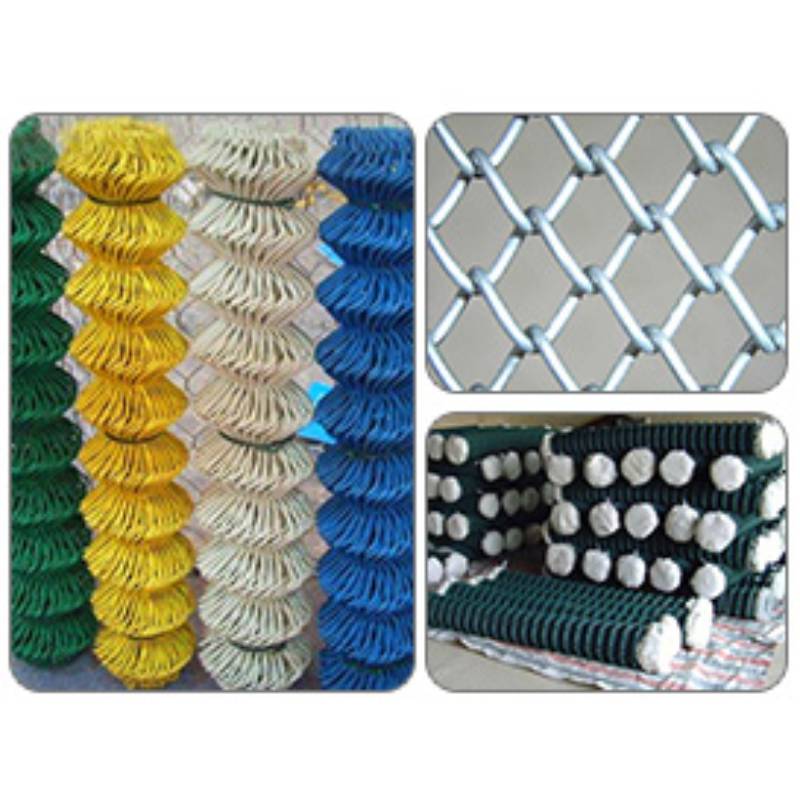
- Mobile Phone
- +8613931874955
- sales@cntcmetal.com
masonry straps
Understanding Masonry Straps Their Importance and Applications
Masonry straps, also known as masonry ties or wall ties, are essential components in the construction industry, particularly in the realm of masonry work. These straps are designed to secure masonry walls to other structural elements, ensuring stability and integrity in buildings. This article will delve into the significance, types, and applications of masonry straps, highlighting their crucial role in modern construction.
What are Masonry Straps?
Masonry straps are typically made of various materials, including stainless steel, galvanized steel, and sometimes plastic, depending on the requirements of the project. They serve to bond different materials together, most commonly brick, stone, or concrete block. These straps act as a physical link between the masonry units and other structural systems, such as wooden frames or concrete slabs, helping to distribute loads and resist lateral forces such as wind or seismic activity.
Importance of Masonry Straps
The primary function of masonry straps is to enhance the structural integrity of a building. When properly installed, these straps prevent the walls from separating from the frame or collapsing under extreme conditions. This is particularly important in areas prone to earthquakes or high winds, where traditional masonry walls can be vulnerable to failure.
Moreover, masonry straps help to mitigate the risks of moisture intrusion. By tying the masonry to the supporting framework, they can create a more integrated barrier, preventing water from penetrating and causing damage over time. This aspect is crucial for maintaining the durability and longevity of the structure.
Types of Masonry Straps
There are several types of masonry straps, each suited for specific applications
masonry straps

1. Horizontal Tie Straps These are installed horizontally between courses of masonry and serve primarily to connect walls to floors or roof systems. They help in distributing vertical loads and stabilizing the walls.
2. Vertical Tie Straps Used primarily in larger walls, these straps run vertically and connect the masonry to the framing elements. They are particularly important in multistory buildings where lateral stability is a concern.
3. Adjustable Straps These offer flexibility during installation, allowing builders to modify the positioning to suit specific structural needs. They are generally used in complex constructions where precise alignment is critical.
4. Lateral Support Straps These are specifically designed to provide additional support against lateral forces, making them ideal for structures in high-wind or seismic zones.
Applications of Masonry Straps
Masonry straps find widespread use in various construction projects. They are commonly used in residential buildings, commercial structures, and industrial facilities. In residential constructions, these straps contribute to the safety and efficiency of the building process, ensuring that walls are securely anchored to the main structure. In commercial and industrial settings, masonry straps help to secure extensive wall systems that support heavy loads and withstand significant environmental stresses.
Additionally, masonry straps are often employed in restoration and renovation projects, where they are needed to stabilize existing masonry walls and connect them with new materials. This makes them invaluable for maintaining the historical integrity of older buildings while upgrading their structural capabilities.
Conclusion
In summary, masonry straps are a fundamental element of modern construction, providing stability and safety to buildings. With various types designed for specific applications, these straps ensure that masonry structures can withstand environmental challenges. As construction technology continues to evolve, the role of masonry straps will undoubtedly remain crucial in promoting durable and resilient buildings that stand the test of time. Understanding their importance and proper installation can lead to enhanced safety and performance in masonry construction, paving the way for innovative architectural designs.
share:
-
Your Source for Concrete Wall Ties and Masonry AccessoriesNewsJul.10,2025
-
Unlocking the Power of Iron Wire for Every ProjectNewsJul.10,2025
-
Explore Advanced Chain Wire and Stainless Steel Mesh FencingNewsJul.10,2025
-
Discover the Benefits of Annealed Wire ProductsNewsJul.10,2025
-
Discover China Stainless Steel Wire Mesh SolutionsNewsJul.10,2025
-
Build with Confidence Using High-Performance Masonry AccessoriesNewsJul.10,2025
-
Why Sacrificial Formwork Is Redefining Underground ConstructionNewsJun.06,2025



















